These days, when Windows 10 users try to download and install the latest Windows updates, they get an error message saying “We couldn’t install this update, but you can try again (0x80070541)”. This stops them from installing Windows 10 KB5001649 and can really get them out of nowhere. But the good news is, you can fix it by troubleshooting the compatibility issues and you can actually manually download the updates elsewhere.
Try these fixes
You may not need to try them all; simply work your way down the list until you find the one that works.
- Run the update troubleshooter
- Download updates from Microsoft Update Catalog
- Update Windows with the Media Creation Tool
- Update your device drivers

1. Run the update troubleshooter
When you have troubles downloading and installing Windows updates, the first thing to do is to run the update troubleshooter, which can help you identify the problems you’re having.
Here’s how you can run the update troubleshooter:
1) On your keyboard, press the Windows logo key + I at the same time to open Settings.
2) Click Update & Security.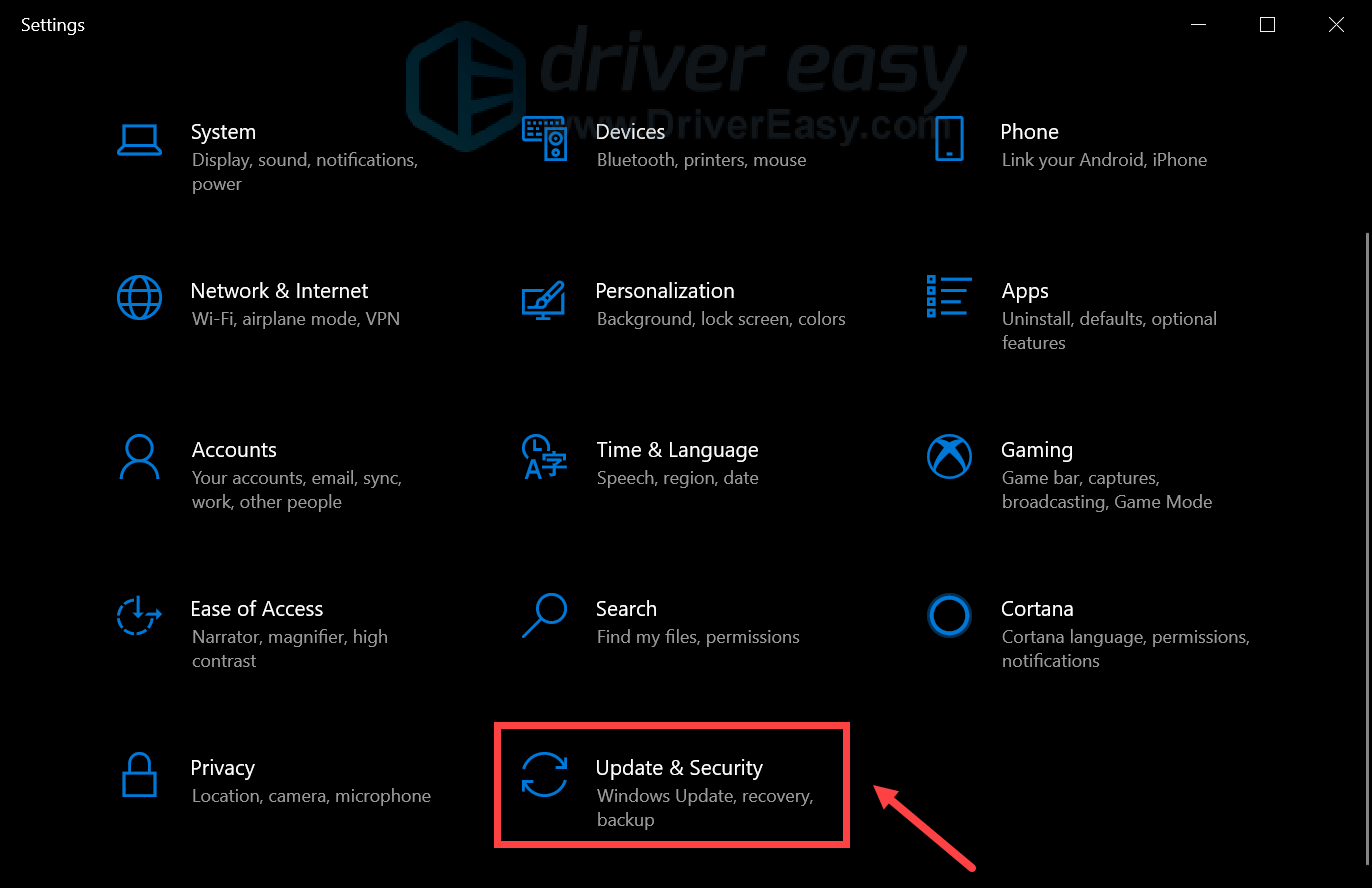
3) Click Troubleshoot from the left pane. Under Get up and running, click Windows Update and you’ll see the Run the troubleshooter button. Simply click on it and it will start the troubleshooting process and detect any problems you’re having.
(Some users may need to click Additional troubleshooter first before they can see the Get up and running section.)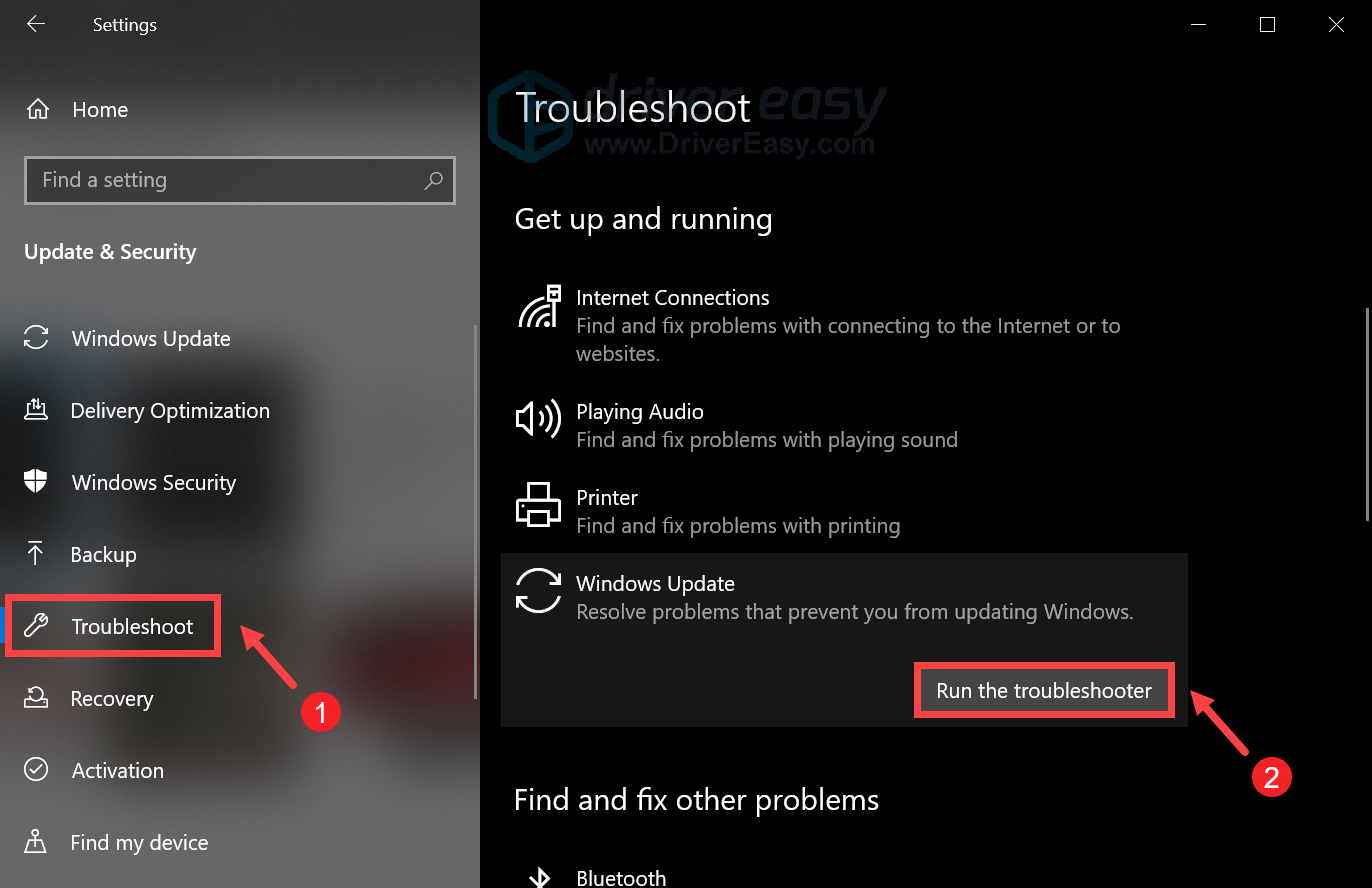
When the troubleshooting has completed, try to download and install your Windows updates to check if it works. If not, proceed to the next fix.
2. Download updates from Microsoft Update Catalog
Besides downloading updates from the Settings menu, you can do it manually from the Microsoft Update Catalog site:
1) Go to the Microsoft Update Catalog site.
2) Copy and paste KB5001649 into the search box and press Enter.
3) Look for the title that is corresponding with the Windows version you’re running and your system type. Then click on the Download button and follow the on-screen instructions to download and install the updates.
After the installation, restart your computer. 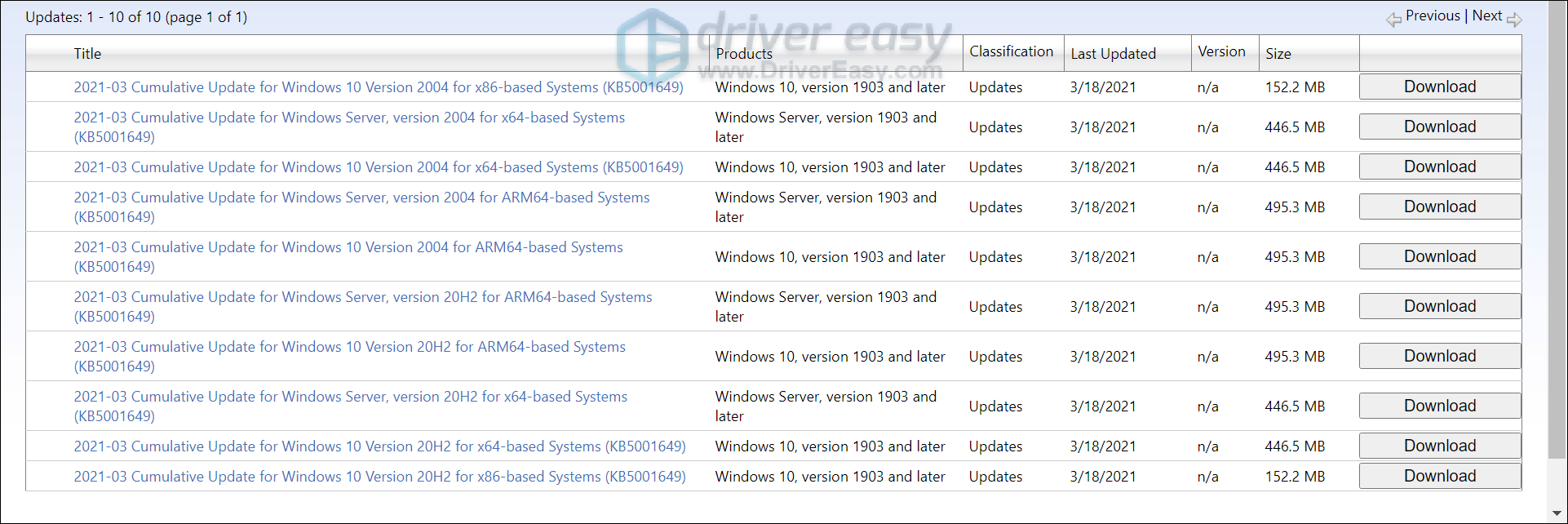
If you’re not sure about the current version or system type you’re running, follow the steps below to check it:
1) On your keyboard, press the Windows logo key + R to open the Run dialog box.
2) Type winver and press Enter.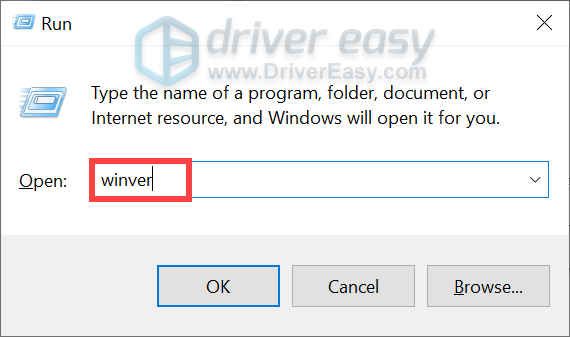
3) From here, you’ll know your Windows version. 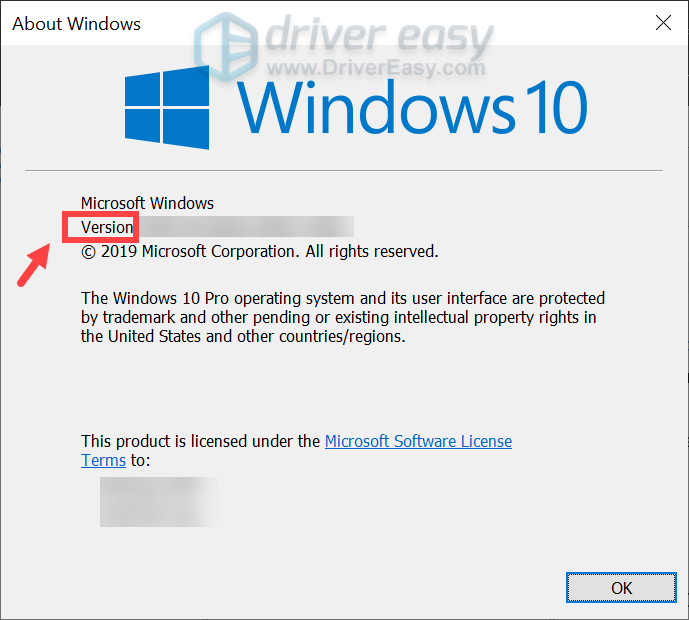
To check your system type, take these steps:
4) On your keyboard, press the Windows logo key + R at the same time to open the Run dialog box.
5) Type msinfo32 and press Enter.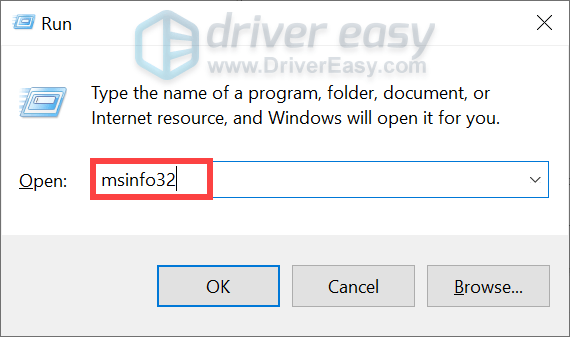
6) From the System Type section, you’ll know your system type. 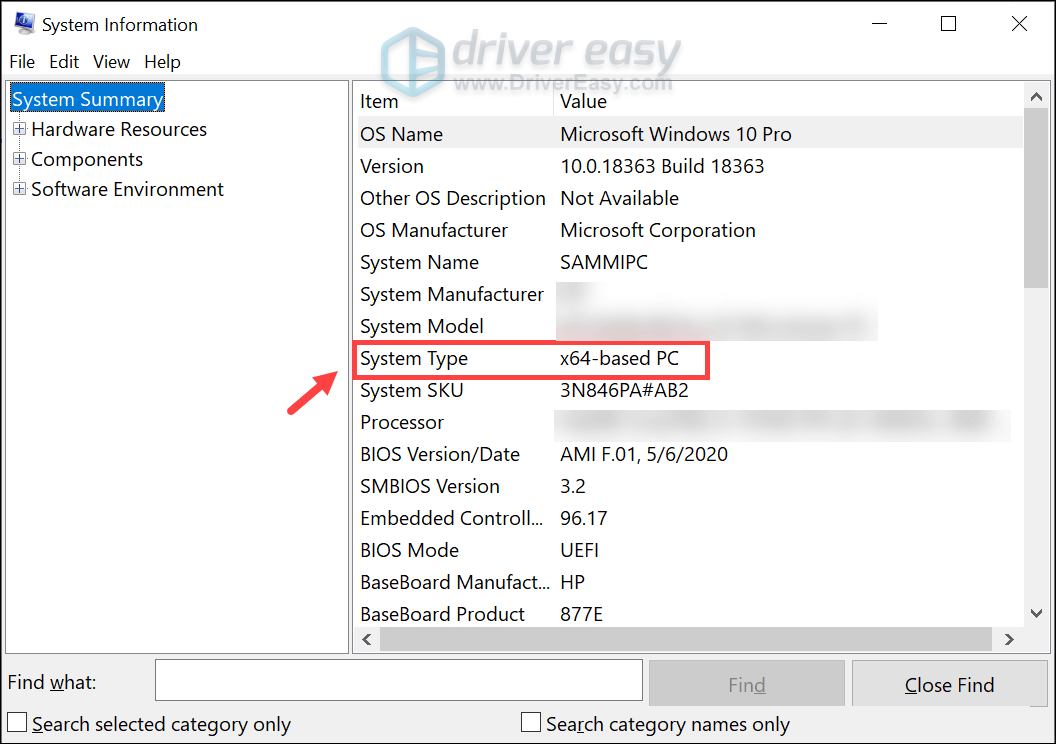
3. Update Windows with the Media Creation Tool
Windows 10 Media Creation Tool is a very useful tool for users to upgrade Windows 10. If you’re not sure how to make use of this utility, follow the steps below:
1) Download the Media Creation Tool from the page.
2) Scroll down to the Create Windows 10 installation media section and click Download tool now. 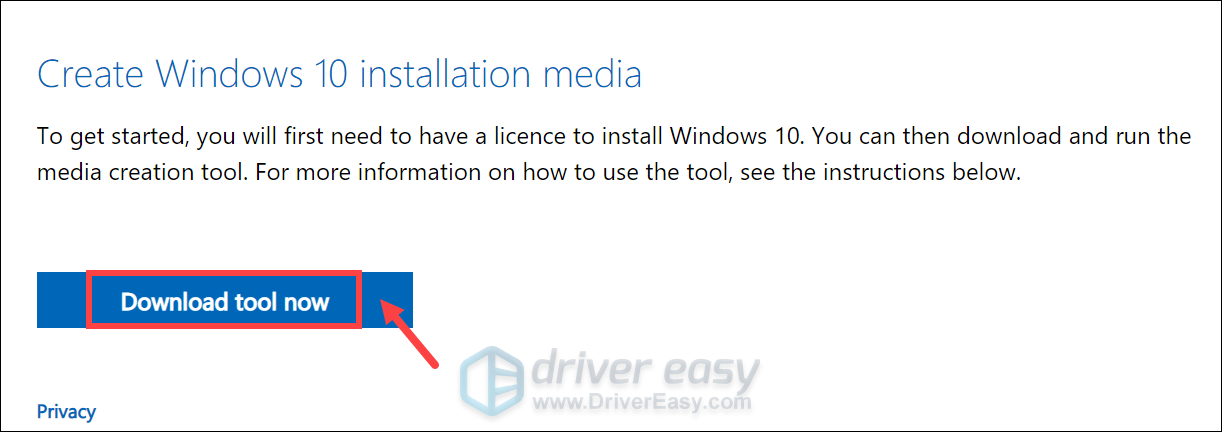
3) Once the download is finished, double-click on the .exe file.
Then click Accept. 
4) Tick Upgrade this PC now and click Next.
(If you want to create installation media with either a USB flash drive or a DVD, select the other option. )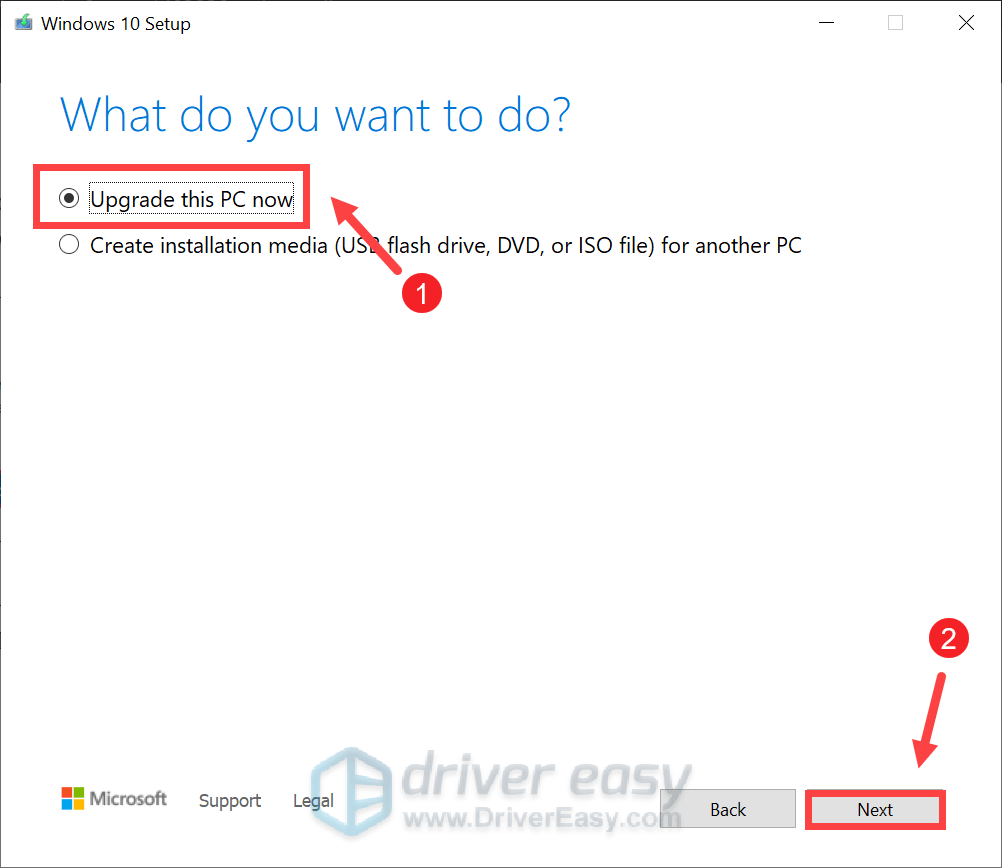
5) When the Windows 10 download is finished, read the Applicable notices and license terms, then click Accept. 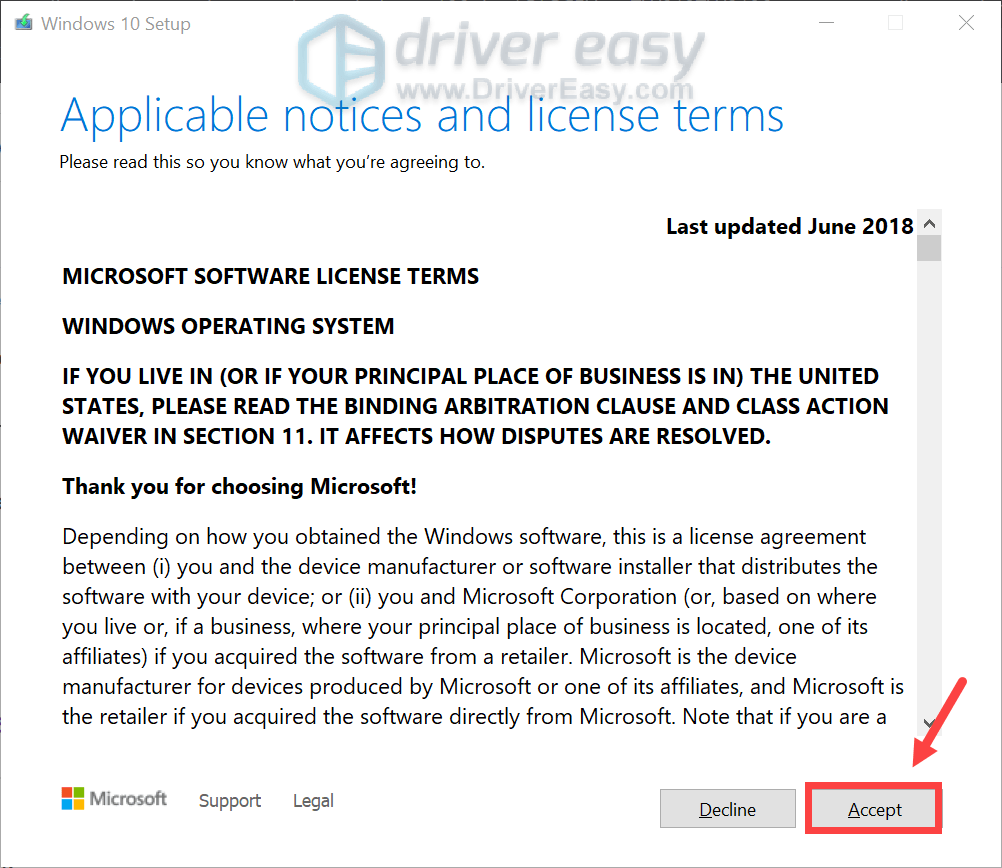
It will start checking for updates, simply wait for the process to complete.
4. Update your device drivers
Your device drivers play an important role in your computer. When they are outdated or corrupted, noticeable performance problems would arise. While for the Windows update error you’re having, it indicates a compatibility issue. To fix it, you can try to update your drivers.
You can update your drivers via the Device Manager or manually download and install the updates by going to the manufacturers’ official websites.
OR
If you don’t have the time, patience or computer skills to update your drivers manually, you can do it automatically with Driver Easy. Driver Easy will automatically recognize your system, find the correct driver for your system and will download and install it correctly.
Here’s how to update your drivers with Driver Easy:
1) Download and install Driver Easy.
2) Run Driver Easy and click the Scan Now button. Driver Easy will then scan your computer and detect any problem drivers.
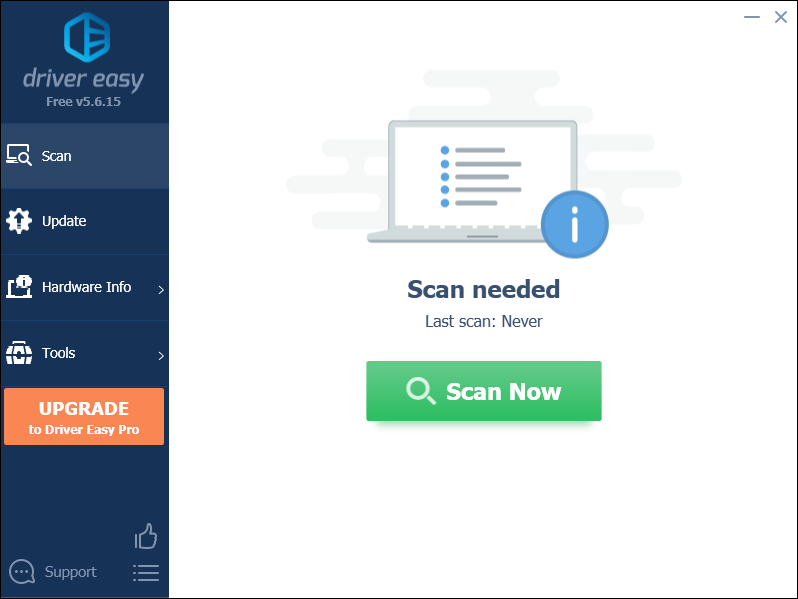
3) Click Update All to automatically download and install the correct version of all the drivers that are missing or out of date on your system.
(This requires the Pro version which comes with full support and a 30-day money-back guarantee. You’ll be prompted to upgrade when you click Update All. If you don’t want to upgrade to the Pro version, you can also update your drivers with the FREE version. All you need to do is to download them one at a time and manually install them.)
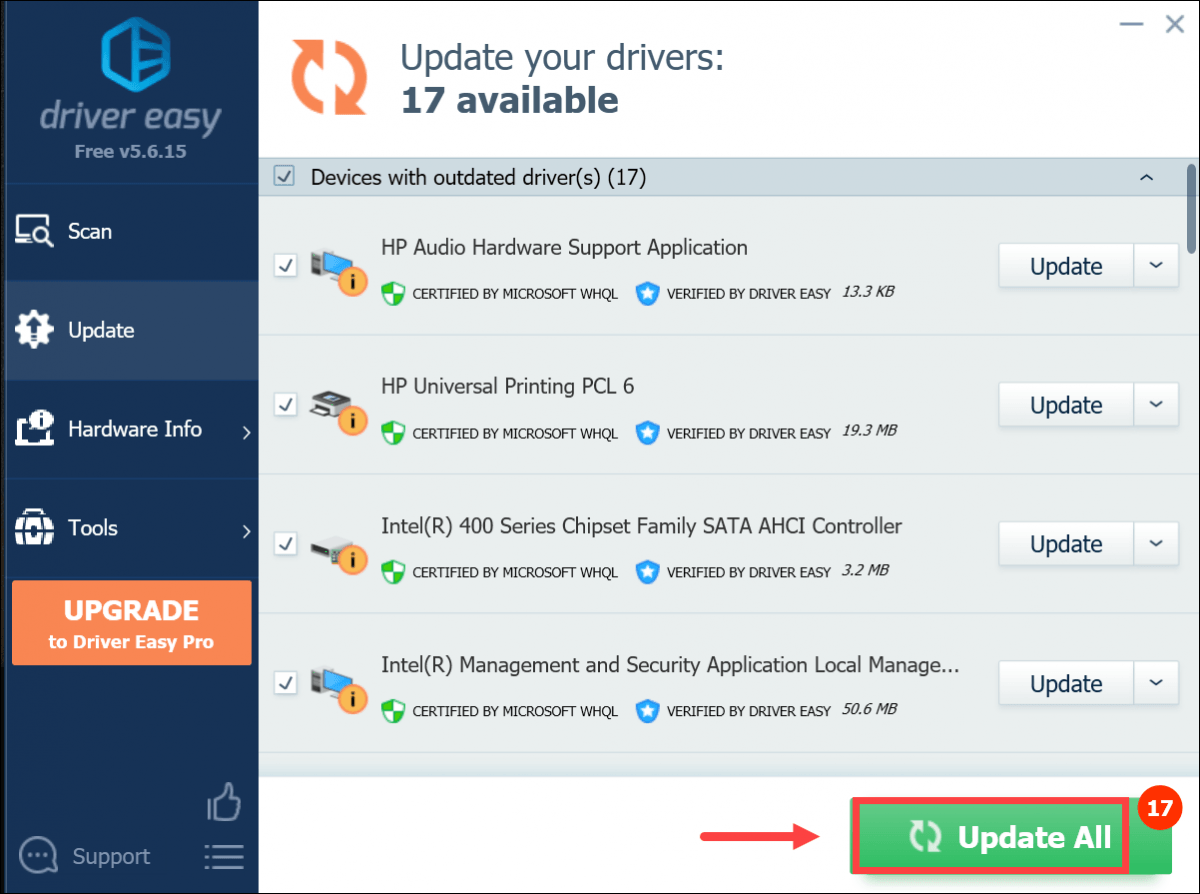
4) After updating your drivers, restart your computer and then check for Windows updates to see if your problem is resolved.
Hopefully, you can download and install Windows 10 updates now without getting this error message. If you have any ideas or questions, do not hesitate to drop us a line in the comment section below.





